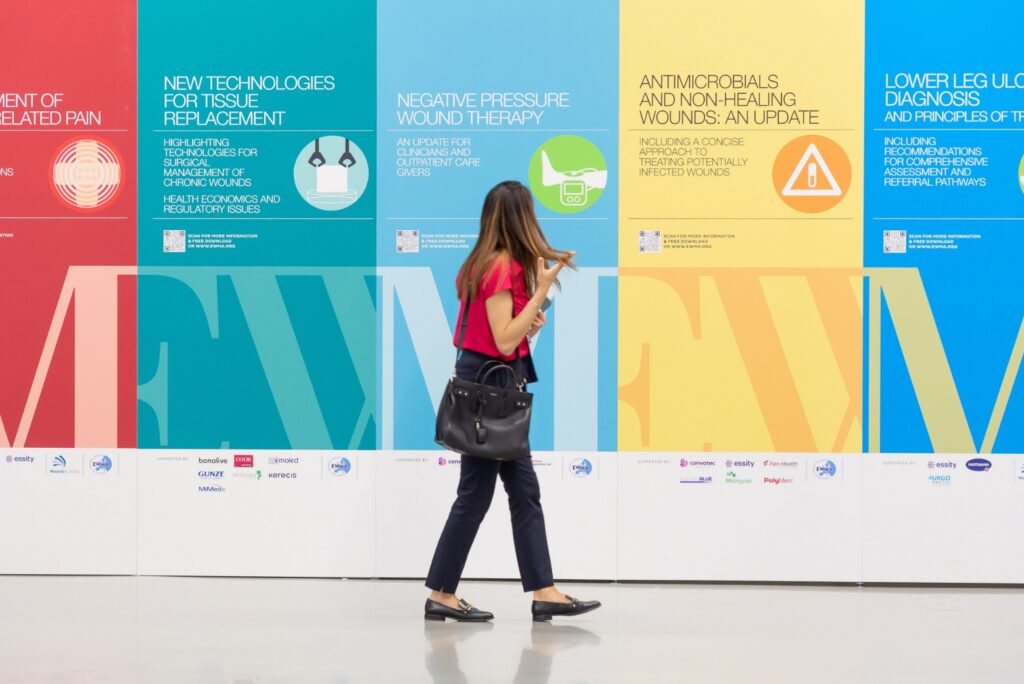
Welcome & Introduction
Welcome to the European Wound Management Association (EWMA) Lower Leg Ulcers E-Learning Course. This course is based on the 2023 EWMA publication: Lower Leg Ulcer Diagnosis and Principles of Treatment.
Who is the course relevant for?
- Primary care physicians
- Nurses
- All healthcare professionals interested in wound care
Throughout this course, you will gain insights in diagnosing and treating lower leg ulcers, enhancing your ability to provide high-quality patient care.
The course is structured to be flexible, allowing you to progress through the modules at your own pace.
Authors: Kirsi Isoherranen, Elena Conde Montero, Sebastian Probst, Annette Høgh, Karine Majchrzak, Klaus Kirketerp-Møller & Lisa Gould.
The course is supported by an unrestricted grant from Essity, Hartmann & Urgo Medical.

